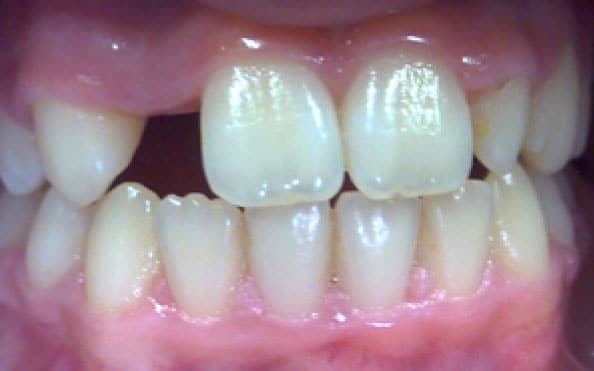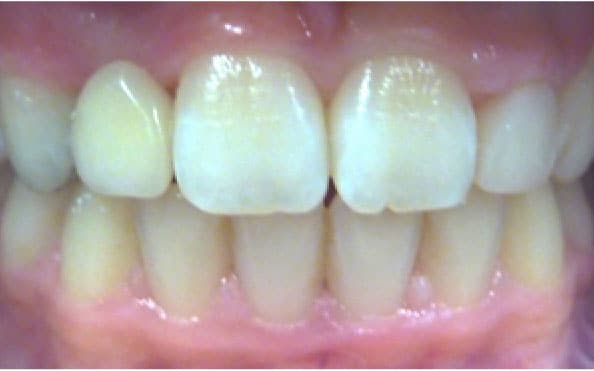Bridges
Bridges are often used when a person is not missing enough teeth to need a full or partial denture
What are bridges?
Bridges are false teeth anchored onto neighbouring teeth in order to span gaps left by one or more missing teeth. The replacement teeth are known as pontics or ‘false’ teeth and are fixed to natural teeth or implants either side of the gap, known as abutments.
What are the benefits of bridges?
- They can restore your smile
- They can restore function so you can chew properly
- They can prevent other remaining teeth from drifting out of position


Are there different types of bridges?
Conventional fixed bridges are the most common and involve fusing a pontic or false tooth to crowns cemented to natural teeth or implants either side of the gap.
They can be made of porcelain, usually bonded to metal, or entirely of metal, usually gold. The adjacent natural teeth are prepared like a crown preparation and a temporary bridge is usually fitted while the laboratory constructs the new bridge.
These bridges are usually cheaper and preserve more tooth structure, as they require little or no preparation, but the abutment tooth needs to be strong and healthy and should not have any large fillings.
Need to know more?
Our opening hours
We are open Monday - Friday and closed for lunch between 1 – 2pm
On Fridays, surgery is only available in the morning.
Got an emergency?
If you require emergency dental treatment, please click below for details and advice.
